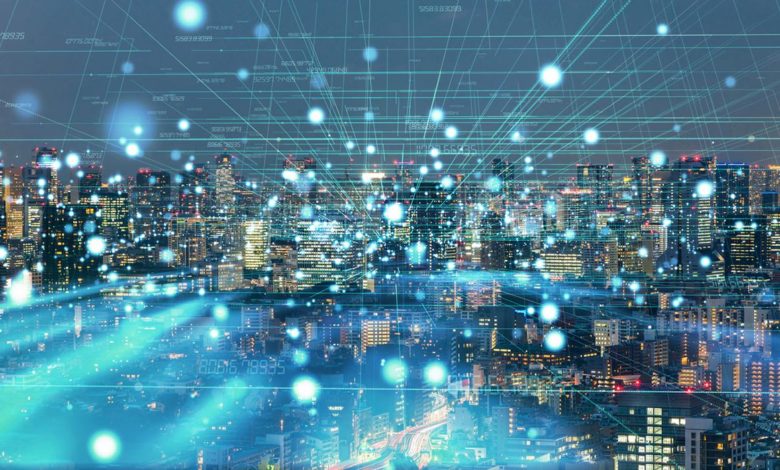
A 17 July hearing by the House Science Subcommittee on Energy looked at challenges in modernizing and securing the nation’s electricity grid.
The hearing was prompted in part by the first incidence of grid-related cyber attack reported to the Department of Energy by an anonymous Western utility on 5 March 2019. The hearing also allowed the subcommittee to collect feedback on two draft bills: the Grid Modernization Research and Development Act of 2019, which would set forth a comprehensive research agenda on several important topics in grid modernization; and the Grid Cybersecurity Research and Development Act of 2019, which authorizes a cross-agency research and development program to harden and mitigate the electric grid from cyber attacks.
Assistant Secretary Karen S. Evans, head of the DOE’s Office of Cybersecurity, Energy Security, and Emergency Response (CESER), outlined the Administration’s views on both bills and described DOE’s programs and efforts related to cybersecurity and grid resilience. CESER’s efforts are focused on strengthening energy cybersecurity preparedness, facilitating cyber incident reporting and recovery, accelerating R&D breakthroughs on resilient energy systems, and strengthening the cyber workforce.
Dr. Juan Torres, Associate Laboratory Director for Energy Systems Integration at the U.S. National Renewable Energy Laboratory, made a case for grid modernization, noting that “Every aspect of the economy, national security, and critical infrastructure in the United States is deeply dependent on the reliable operation of our electrical system. Yet the basic design of our country’s energy infrastructure has not changed much since the earliest electric grids were developed in the late 1800s—our grid is still largely built around the concept of one-way centralized generation and control. To put that into perspective, this approach to generating and delivering electricity predates the first automobiles.”
He also outlined the key components or features of a modernized electrical grid, including:
- Greater resilience to hazards of all types
- Improved reliability for everyday operations
- Enhanced security from an increasing and evolving number of threats
- Additional affordability to maintain our economic prosperity
- Superior flexibility to respond to the variability and uncertainty of conditions at one or more timescales, including a range of energy futures
In his testimony, Dr. Torres also discussed the importance of research into autonomous energy systems, noting that “these systems could have greater precision and speed than a human-controlled system could ever achieve. For the hundreds of millions of grid devices that are on pace to come online in the coming years, autonomous distributed control appears to offer the most resilient framework.”
He also emphasized the need to adapt the grid to emerging generation sources and to find solutions for utility-scale energy storage.
Kelly Speakes-Backman, CEO of the U.S. Energy Storage Association, also emphasized the importance of energy storage to grid modernization, and noted that “there are a variety of energy storage technologies—not only different kinds of batteries, such as flow batteries, but also mechanical storage technologies (like pumped hydro and flywheels), thermal storage technologies (like ice storage and molten salt), and power-to-gas storage technologies (like hydrogen and ammonia).”
The final witness was Katherine Hamilton, chair of 38 North Solutions and Executive Director of the Advanced Energy Management Alliance, a coalition of distributed energy resource providers and consumers. Hamilton endorsed the Grid Modernization Act, noting that “federal investment and leadership in research and development is crucial to solving many of our most complex puzzles around grid modernization.”
The hearing came on the heels of Energy Subcommittee votes on 10 July to report out three energy R&D bills that recommend significant increases in DOE’ solar, wind and fossil energy R&D programs, including a tripling of the budget for research into carbon capture technologies and applications, including a new program to explore carbon removal from the atmosphere. The Solar Energy R&D Act (HR3597), the Wind Energy R&D Act (HR3609), and the Fossil Energy R&D Act (HR3607) now move to consideration by the full House of Representatives. The bills were reported out of subcommittee by party-line votes, with Republicans expressing concerns at the proposed spending levels, which signals low prospects for future passage by the Republican-controlled Senate.






